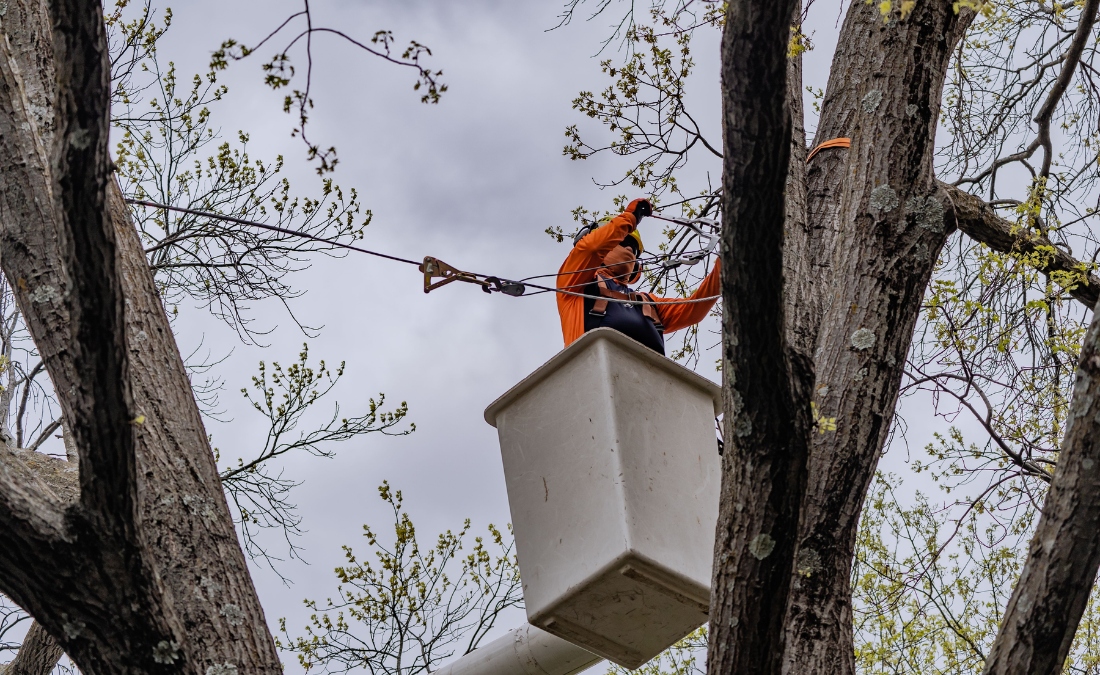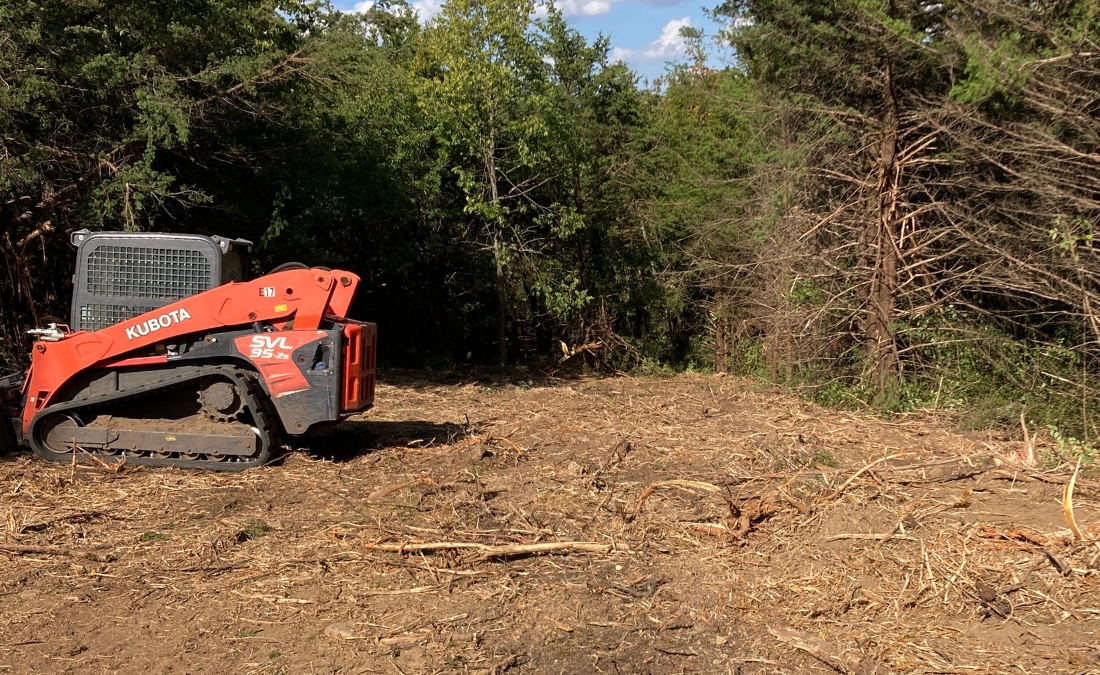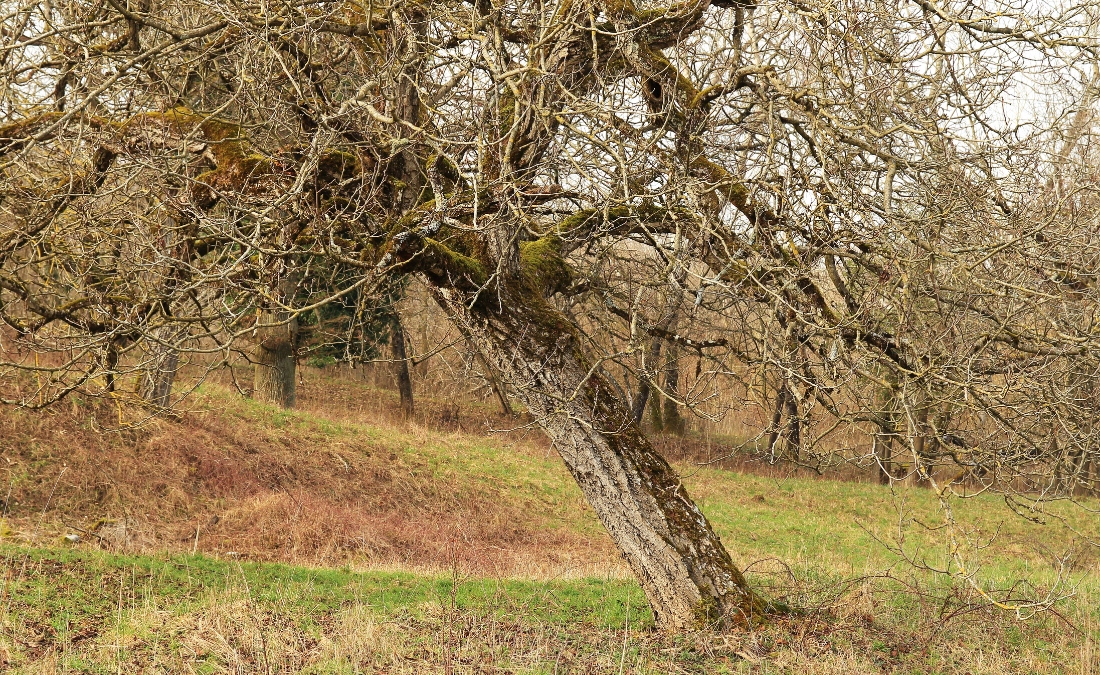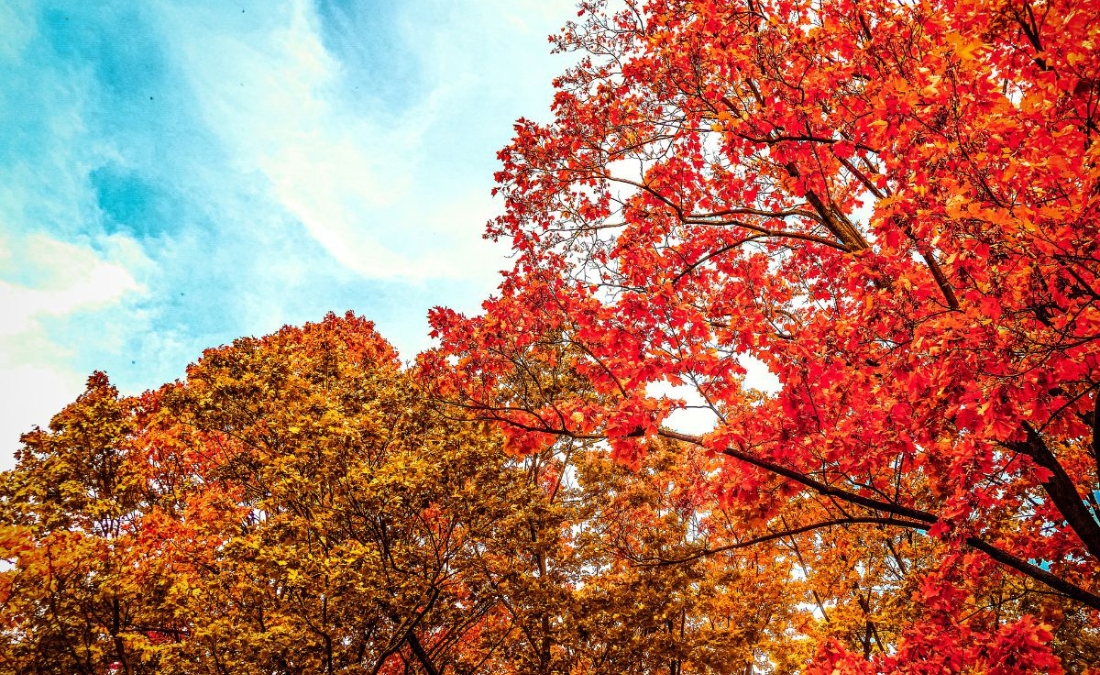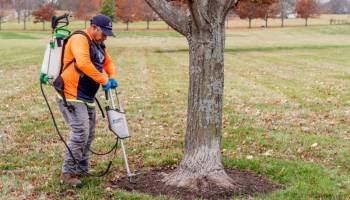Restoration Pruning: How to Help Your Tulsa Trees Recover After Summer Storms
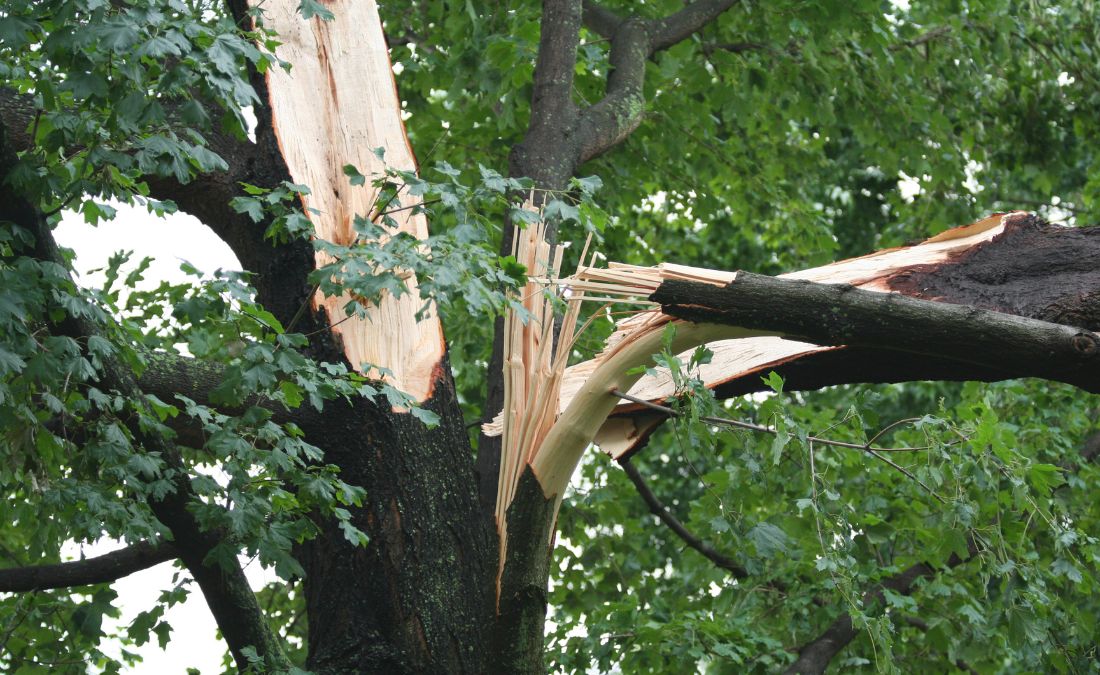
Has Tulsa's summer storms left your trees damaged? Discover how professional restoration pruning can save them and improve their structure for years to come.
Through 2025, Tulsa homeowners have faced several summer storms and tornado warnings, with more severe weather likely before the season ends. Beyond the inconvenience, these events have left many trees damaged, stressed, and vulnerable.
One of the most effective ways to help them recover is through restoration pruning – a targeted approach that removes storm-damaged branches, encourages healthy regrowth, and reduces future risk.
Key Takeaways
- Restoration pruning is a multi-year process that helps storm-damaged trees recover by removing broken branches and improving structure to prevent future harm.
- Tulsa’s location in Tornado Alley and extreme weather patterns make restoration pruning especially critical for local tree species like silver maples, Bradford pears, and red oaks.
- Professional assessment within a few weeks of storm damage is crucial for identifying both obvious injuries and hidden issues that could lead to future failure.
- The process involves selective initial pruning (removing no more than 20% of branches at once), followed by annual evaluations to manage new sprout growth over several years.
- Restoration pruning differs from other pruning types by focusing on damage repair and long-term structural rebuilding rather than routine maintenance.
- Tree biology requires staged recovery because removing too much canopy at once prevents photosynthesis and energy storage needed for healing and regrowth.
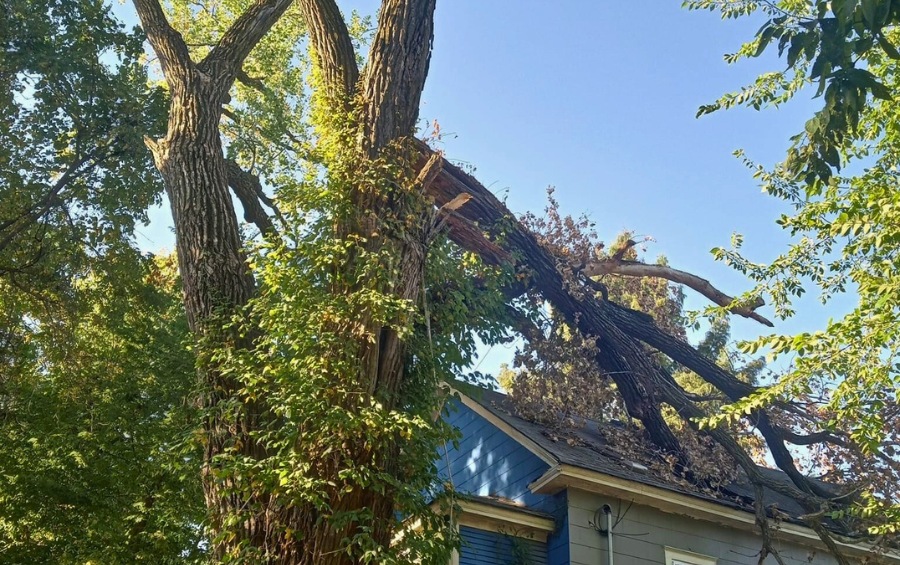
Why Tulsa Trees Need Special Storm Recovery Care
Tulsa’s position in the heart of “Tornado Alley” creates unique challenges for our urban forest. Our trees don’t just face one storm and recover, they endure repeated battering from severe weather events that compound damage over time.
Each season brings its own set of hazards that can injure trees or leave behind damage that isn’t always visible right away:
- Spring Storms: Tornado season runs from March through June, peaking in April and May, bringing high winds and severe weather that can cause immediate and long-term tree damage.
- Summer Heat and Thunderstorms: Intense heat waves often exceed 100°F, followed by sudden severe thunderstorms with straight-line winds topping 70 mph, stressing and breaking already weakened trees.
- Winter Ice Storms: Heavy ice coats branches, snapping limbs and splitting trunks. The 2007 ice storm alone killed more than 20,000 Tulsa trees, and even survivors often suffer structural weakness for years.
Tulsa Tree Species Most at Risk from Storm Damage
Some of Tulsa’s most common tree species are particularly susceptible to storm damage:
- Silver Maples: Fast-growing with brittle wood that splits easily in high winds
- Bradford Pears: Weak branch angles lead to structural failure as trees mature
- Red Oaks: Large, heavy branches are prone to breakage during ice storms
- Eastern Cottonwoods: Soft wood and large size make them vulnerable to wind damage
- Green Ash: Already stressed by emerald ash borer, making them more susceptible to storm damage
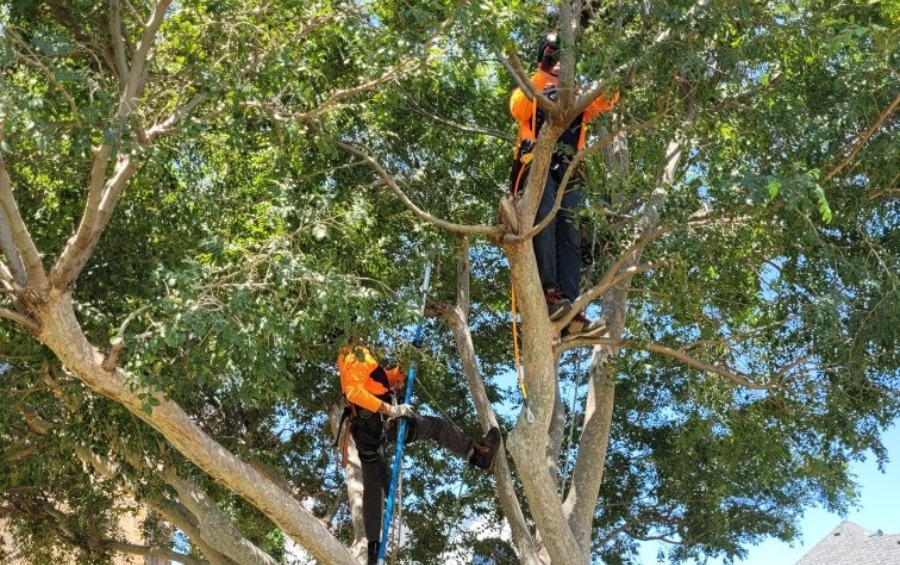
What is Restoration Pruning?
Storm damage often leaves trees with broken branches, torn bark, and weakened structure. Restoration pruning is a specialized technique that removes storm damage, encourages healthy regrowth, and helps the tree regain its natural form.
Rather than a one-time fix, restoration pruning is a multi-year process that strengthens the canopy, improves structural integrity, and reduces the risk of future storm damage. The goal is to guide the tree back to long-term health, not just make it look better in the short term.
This service is different from emergency tree work, which addresses urgent hazards like downed limbs blocking roads or branches on a roof. While restoration pruning should be scheduled promptly after damage occurs, it’s not the same as an immediate emergency response.
How Restoration Pruning Differs from Other Types of Pruning
Restoration pruning is a specialized service designed for storm-damaged or previously mistreated trees. The goal isn’t just appearance – it’s to rebuild structure, restore health, and reduce the risk of future failure over a multi-year period. This process focuses on carefully selecting which branches to remove or shorten so the tree can regrow a balanced, stable canopy.
Other pruning types focus on different goals:
- Structural Pruning: Performed on young, healthy trees to develop proper branch spacing and eliminate weak attachments before they become problems. This shapes a tree’s growth pattern for decades.
- Crown Thinning: Removes selected branches throughout the canopy to improve air circulation and light penetration, reducing wind resistance in otherwise healthy, mature trees.
- Crown Cleaning: Removes dead, diseased, or damaged branches from otherwise healthy trees to prevent small issues from becoming major problems.
- Maintenance Pruning: Regular trimming for clearance, appearance, or size control to keep healthy trees looking their best and functioning safely.
In short, restoration pruning is about recovery and rebuilding – helping a damaged tree regain strength and structure – while other pruning types are preventive or maintenance-focused for trees that are already healthy.
The Restoration Pruning Process
Every tree is unique, but we follow a typical process to help restore it to its former glory. Over a few years, we’ll have the canopy looking better and developing proper structure.
1. Assess the Storm Damage
After the storm is over, we’ll take a look at your tree and get an idea of the kind of damage it suffered. From there, we can determine what we must do to repair the immediate issues and what kind of long-term plan we’ll follow.
PRO TIP: To learn more about what we’ll look for and how to know when you have storm damage, check out this helpful article from the Oklahoma State Extension service. They break down some of the dos and don’ts of assessing storm-damaged trees.
2. Remove Damaged and Hazardous Branches
First, we’ll focus our attention on removing any broken or damaged branches in the canopy. This may involve removing large branches or just some smaller limbs, depending on the severity of the storm. We’ll be selective of the branches we remove. Ideally, we won’t remove more than 20% of the canopy at one time.
In addition to damaged limbs, an arborist will look for signs of future structural problems. This may include:
- Crossing branches that compete for space
- Weakly attached branches
- Branches with unfavorable angles
Once the initial pruning is over, it’s time to wait and allow the tree to begin regrowing the lost canopy.
3. Monitor and Guide Regrowth
You’ll want to have a professional inspect your tree annually to assess its progress in rebuilding the canopy. Your tree should have begun producing new sprouts that will eventually replenish the crown and restore it to a more proper form.
An arborist will evaluate all the sprouts and carefully determine which ones to remove. We remove poorly attached sprouts and reduce competing growth to encourage a dominant leader.
“After a couple of years of restoration pruning, most storm-damaged trees are noticeably stronger and healthier. We focus on rebuilding structure so branches are better attached, the canopy is balanced, and the tree can withstand high winds. Even if it never looks exactly like it did before, you’ll see healthier growth and a far lower risk of failure in the next storm.” – Robby Mizumura, Assistant Branch Manager and Certified Arborist
Why Repairing a Tree With Restoration Pruning Takes Years
Understanding tree biology explains why restoration pruning takes years rather than weeks. Trees have sophisticated systems for healing damage and rebuilding lost canopy, but these processes require time, energy, and careful management.
When we work with you to help your storm-damaged tree recover with restoration pruning, it will typically be a multi-year process.
Trees Heal Slowly and in Phases
When storms break branches, trees immediately begin compartmentalizing the wounds to prevent decay from spreading into healthy tissue. This process, called CODIT (Compartmentalization of Decay in Trees), creates barriers around damaged areas while the tree continues growing new, healthy wood.
However, this healing process requires enormous energy. Trees store energy in their root system and trunk, drawing on these reserves to close wounds and generate new growth. Removing too much canopy at once depletes these energy stores and can push a tree past its ability to recover.
Limited Energy Slows Recovery
Photosynthesis occurs in the leaves, so storm-damaged trees with reduced canopy already have limited energy production. A tree that loses 40% of its canopy in a storm has 40% less capacity to generate the energy needed for healing and regrowth.
This is why we are light in pruning the remaining canopy during initial restoration pruning. The tree needs every remaining leaf to power its recovery process. Additional pruning happens in subsequent years as new growth provides more energy production capacity.
Strong Structure Takes Multiple Growing Seasons
Oklahoma’s growing season runs roughly from April through October, giving trees about six months to produce new growth each year. Storm-damaged trees typically respond with vigorous sprouting, especially around pruning cuts and damaged areas.
These new sprouts grow rapidly but are weakly attached initially. Over two to three years, the tree strengthens these attachments and integrates new growth into its overall structure. Annual evaluation and selective pruning during this period guide the tree toward proper form and strong branch attachments.
Frequently Asked Questions About Restoration Pruning After Storms
Now that you understand the process of restoration pruning after storms, we can answer a few common questions homeowners have about restoration pruning.
How soon after a storm do my trees need restoration pruning?
We recommend having an arborist examine and prune a storm-damaged tree within a few weeks. Prompt action enables us to restore it to a healthier state, while also preventing any further harm from subsequent storms.
Can you save all trees through restoration pruning?
While we’d love to save every tree, there are instances where there’s nothing we can do. Typically, this is when a tree has lost more than 50% of its canopy and has become a danger to your property. In these instances, we will recommend removing the tree (typically using a crane).
Can I perform restoration pruning after storms myself?
We don’t recommend trying to perform restoration pruning yourself, especially if you lack proper training. Making the wrong cuts makes the problem worse and prevents the tree from recovering from storm damage. It is also dangerous for a homeowner, as you could end up injured from a large branch falling on you. When in doubt, leave it to the professionals.
Will my tree ever look normal again after restoration pruning?
There’s no guarantee your tree will ever look the same after restoration pruning. It may have a different size or end up with a different shape. However, the goal is to restore your tree’s health and leave it with a stable structure to continue standing in your yard.
Aside from restoration pruning, what are some other steps I should take after summer storm damage?
Severe weather doesn’t just break branches – it can leave trees stressed, vulnerable, and in need of extra care. In the weeks following a storm, these steps can help your trees recover and build resilience against future damage:
- Place mulch around your tree to lower the effects of heat stress
- Monitor for signs of pest and disease problems
- Fertilize your trees if the soil has a nutrient deficiency
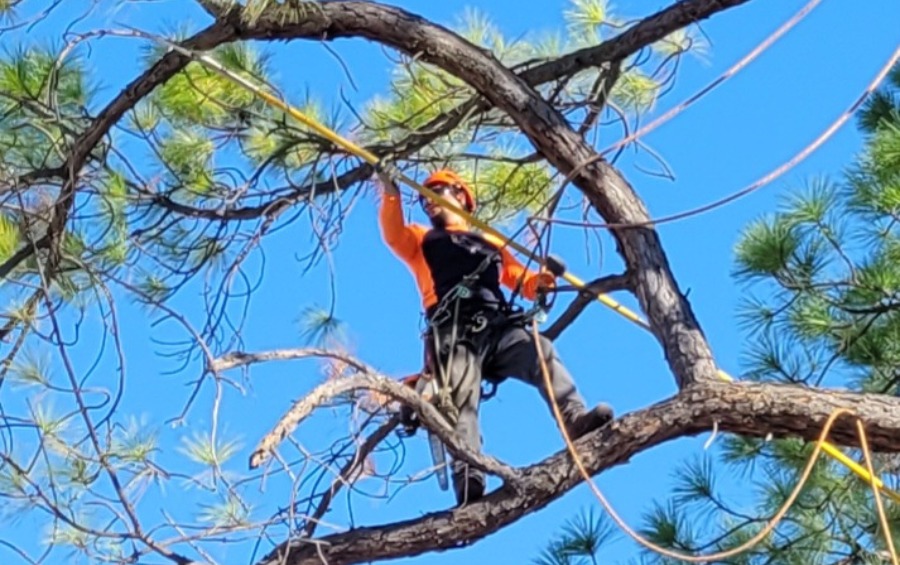
Don’t Let Your Trees Suffer After a Storm – Get Restoration Pruning from Arbor Masters Today
Your trees are a valuable part of your property’s beauty and value. After storm damage, restoration pruning helps them heal, rebuild structure, and stand strong against future weather.
At Arbor Masters, our certified experts know exactly where and how to prune for long-term health – removing damage without overcutting, guiding regrowth, and reducing future risks. With proper care over the next few years, your trees can regain their strength, beauty, and shade for your family to enjoy for decades.
Call us at 918-258-3444 or request a quote online as soon as you notice storm damage so we can help your trees recover the right way.

Get the latest local news, tree care tips, special offers, and company updates directly to your inbox! It's easy to subscribe and there's no spam - we promise.
"*" indicates required fields

